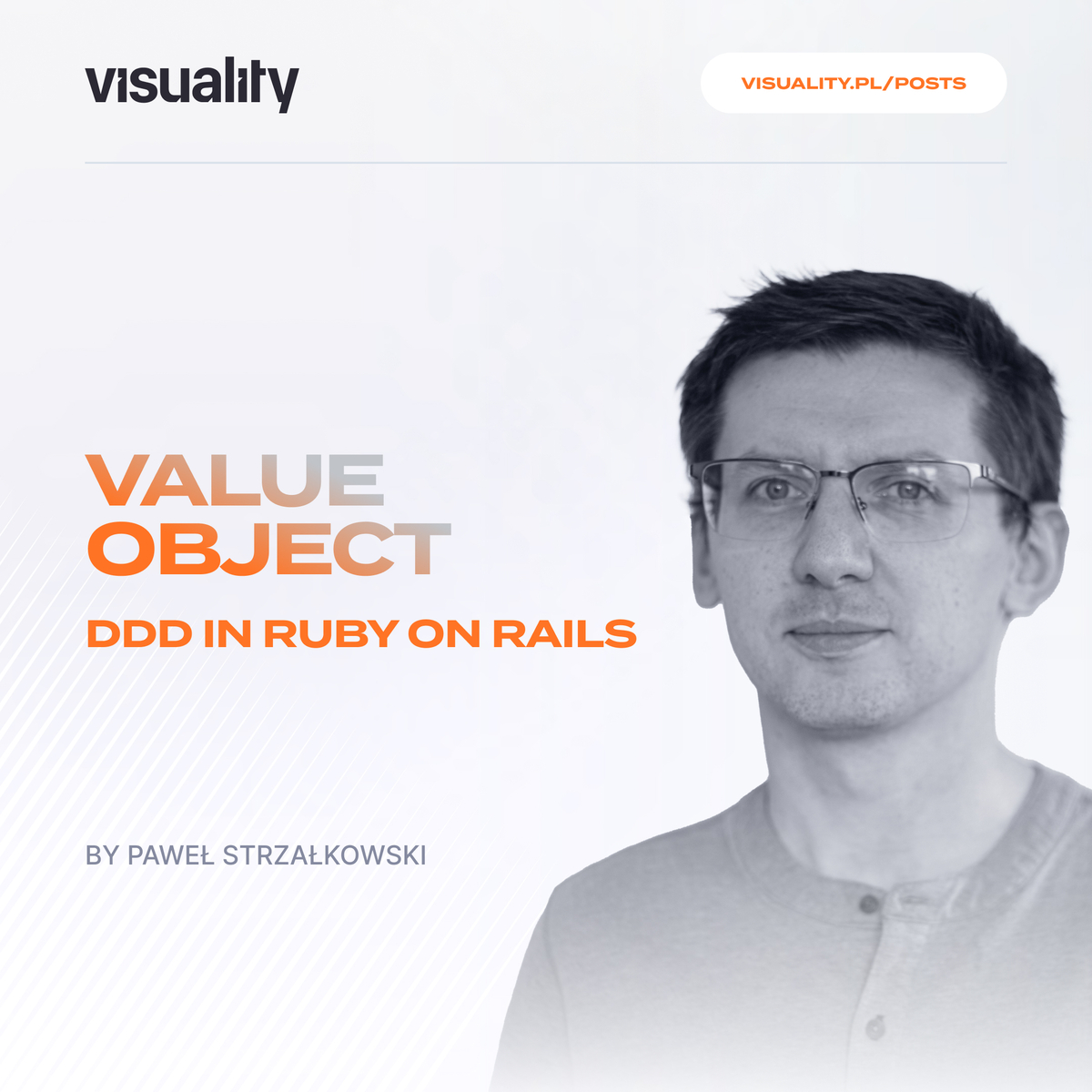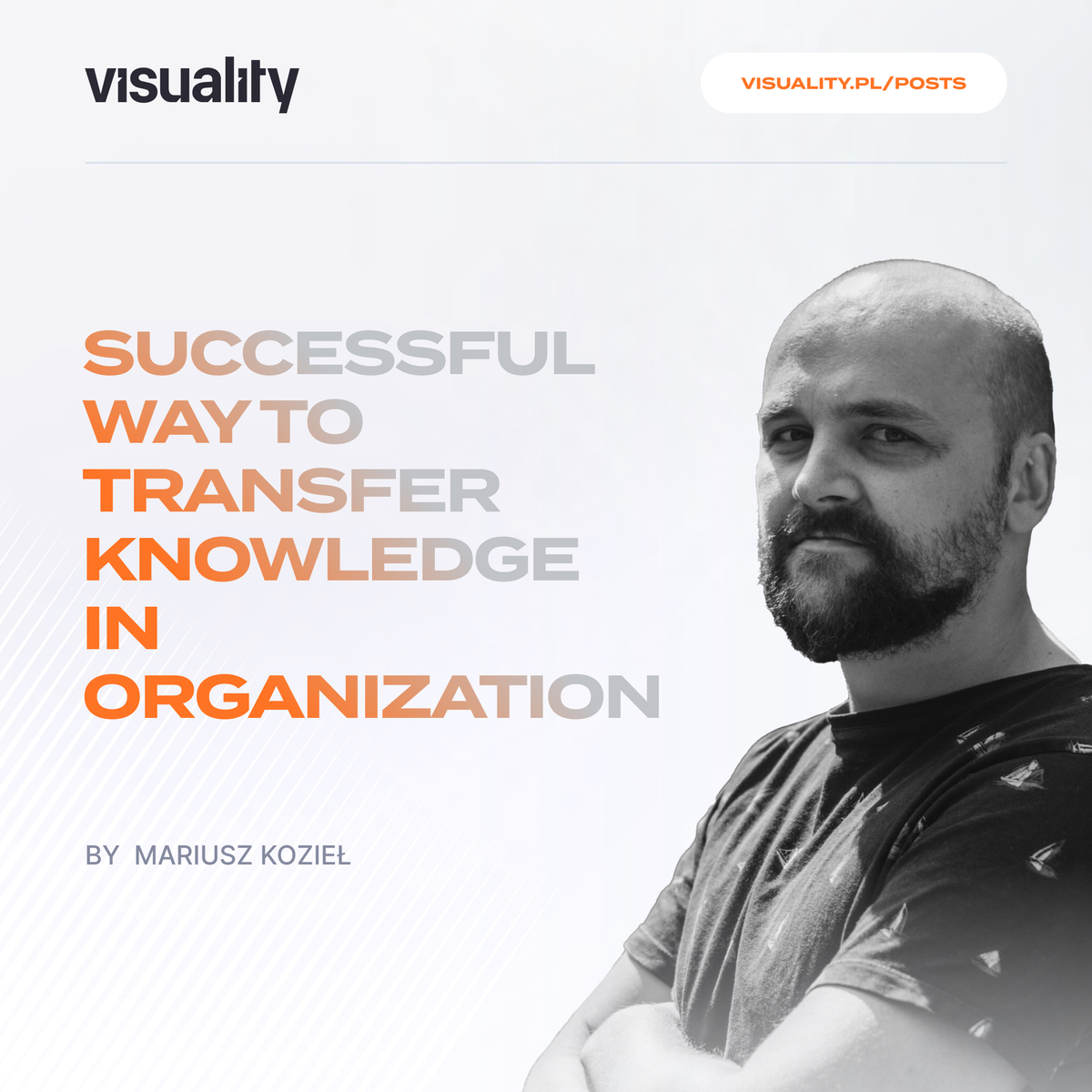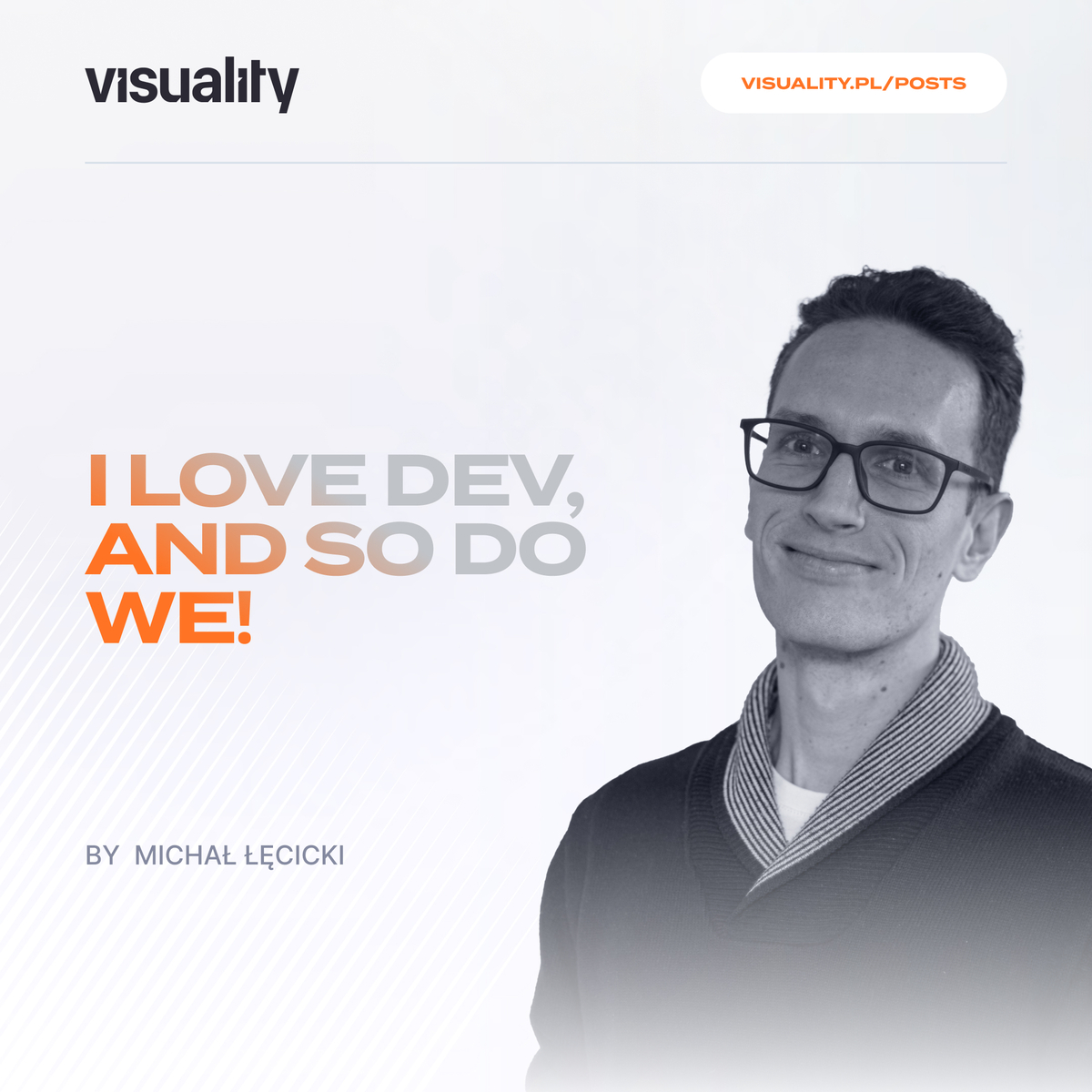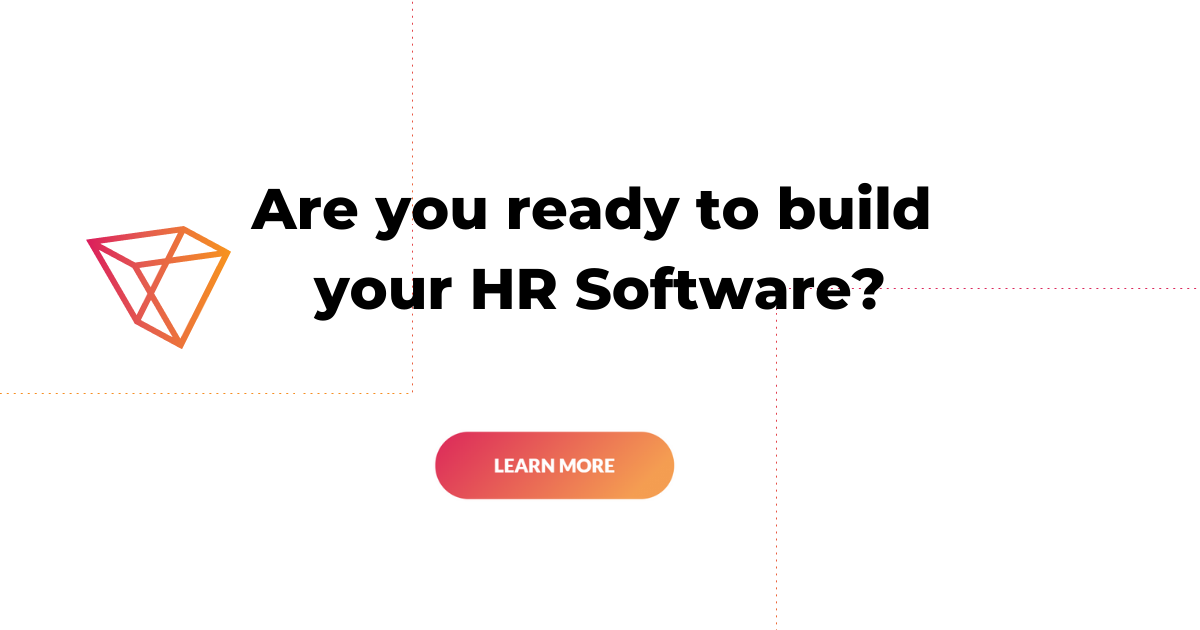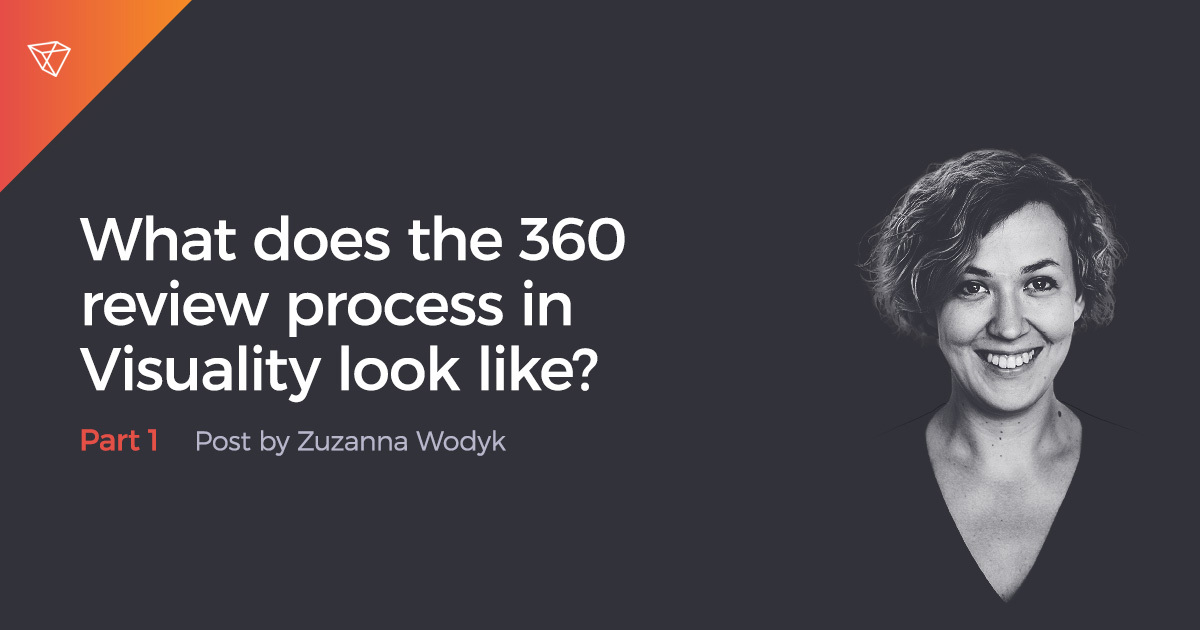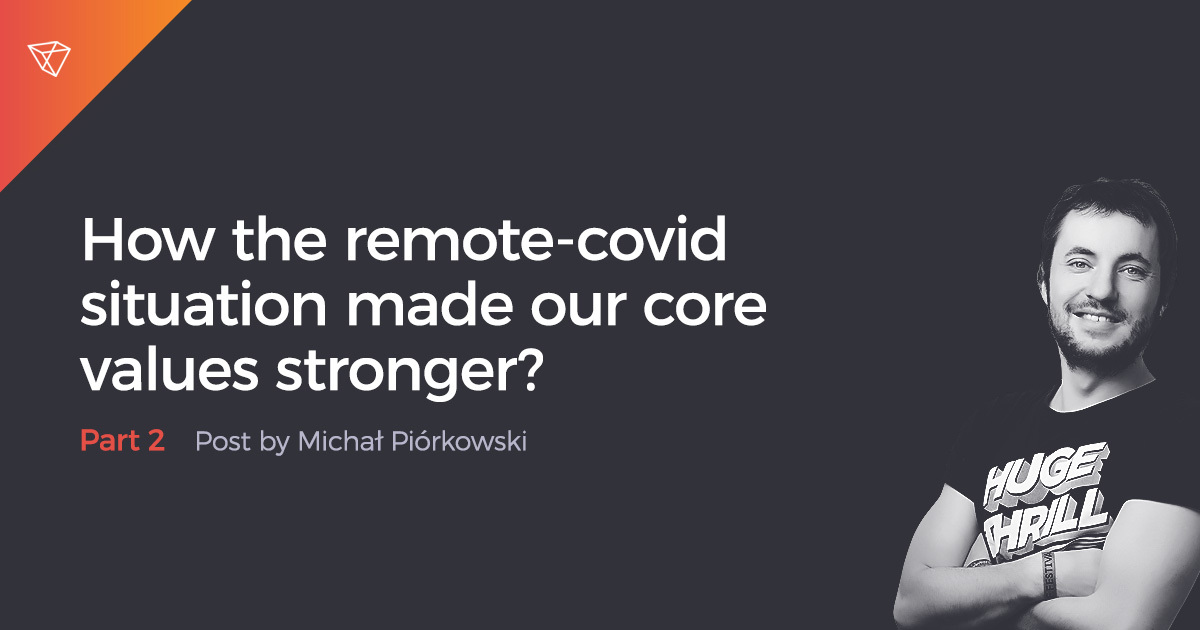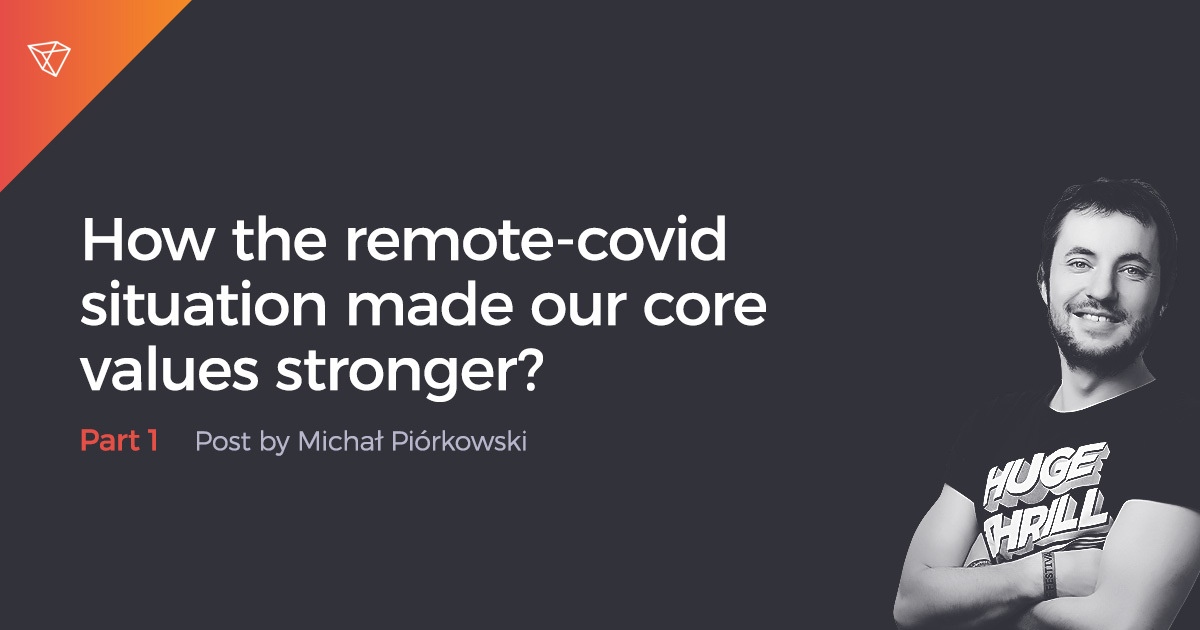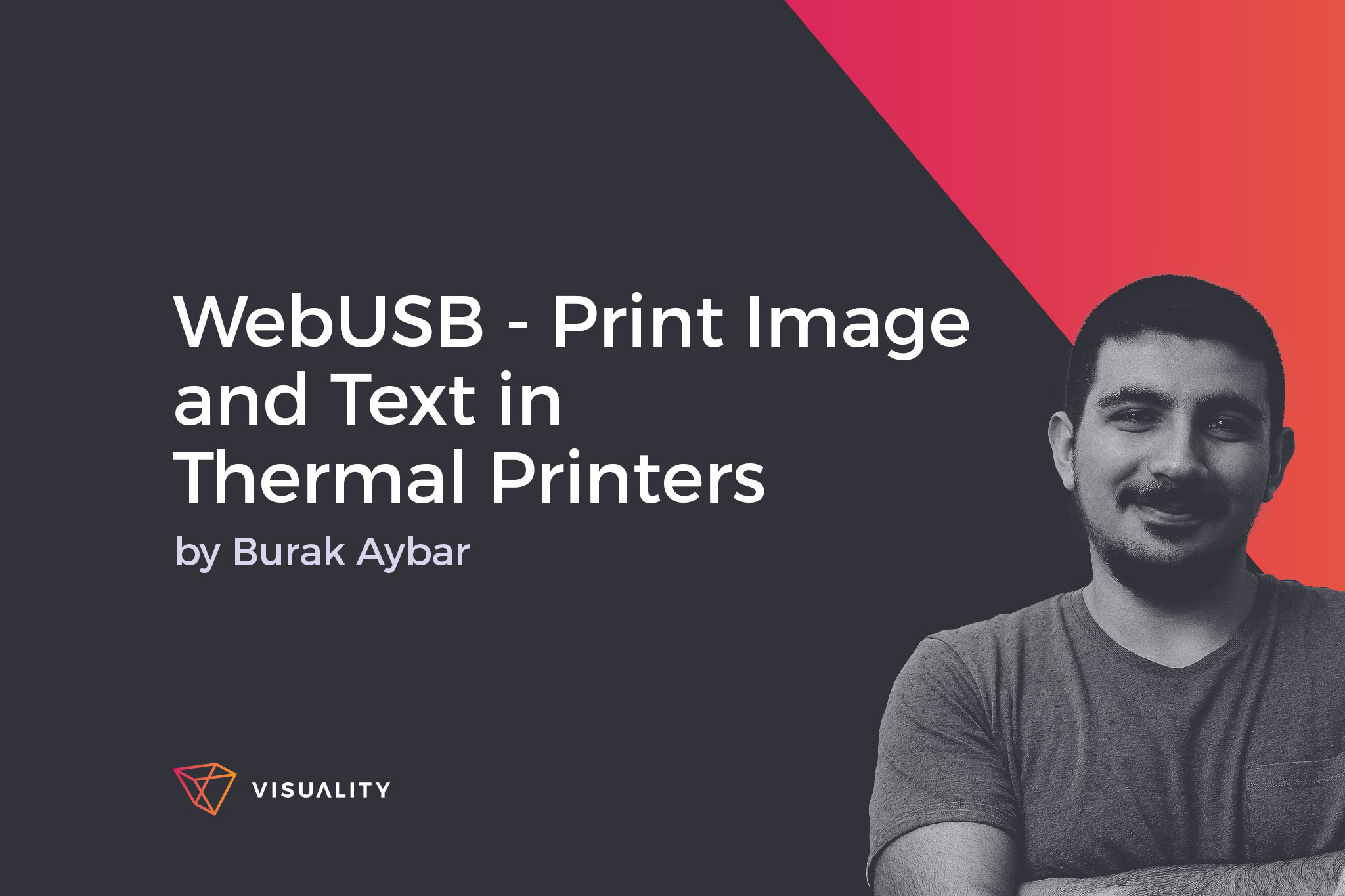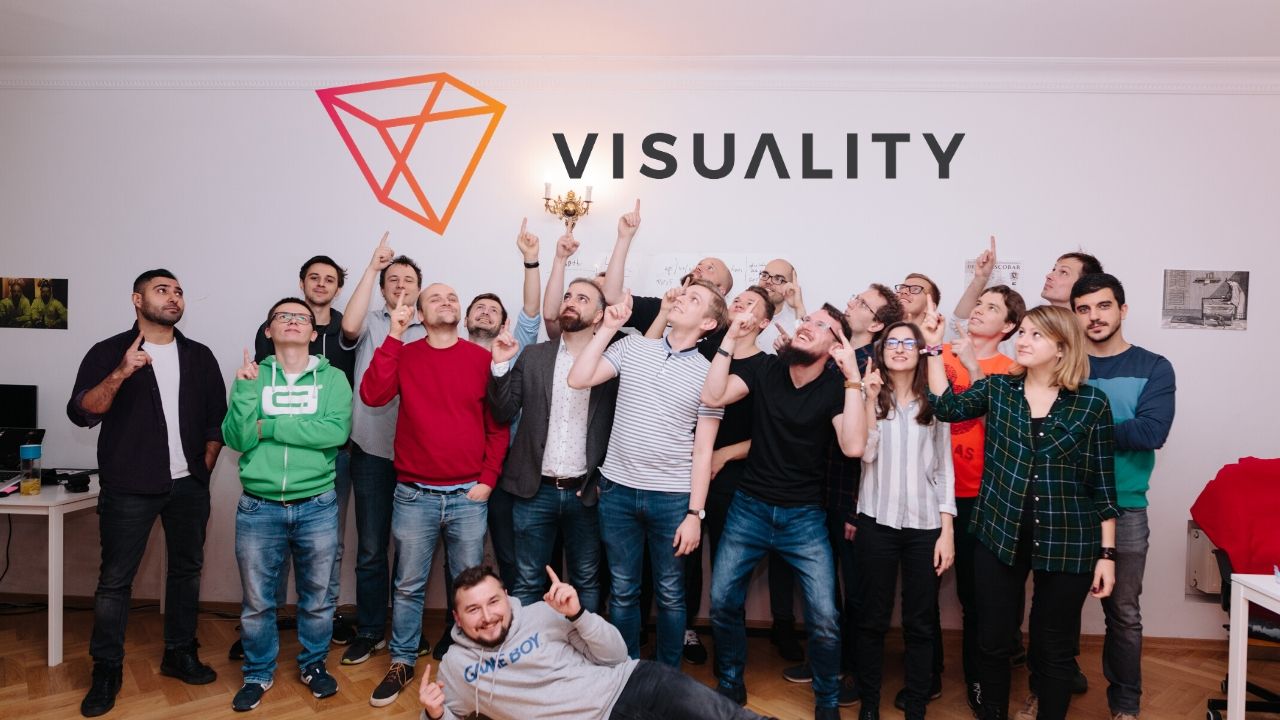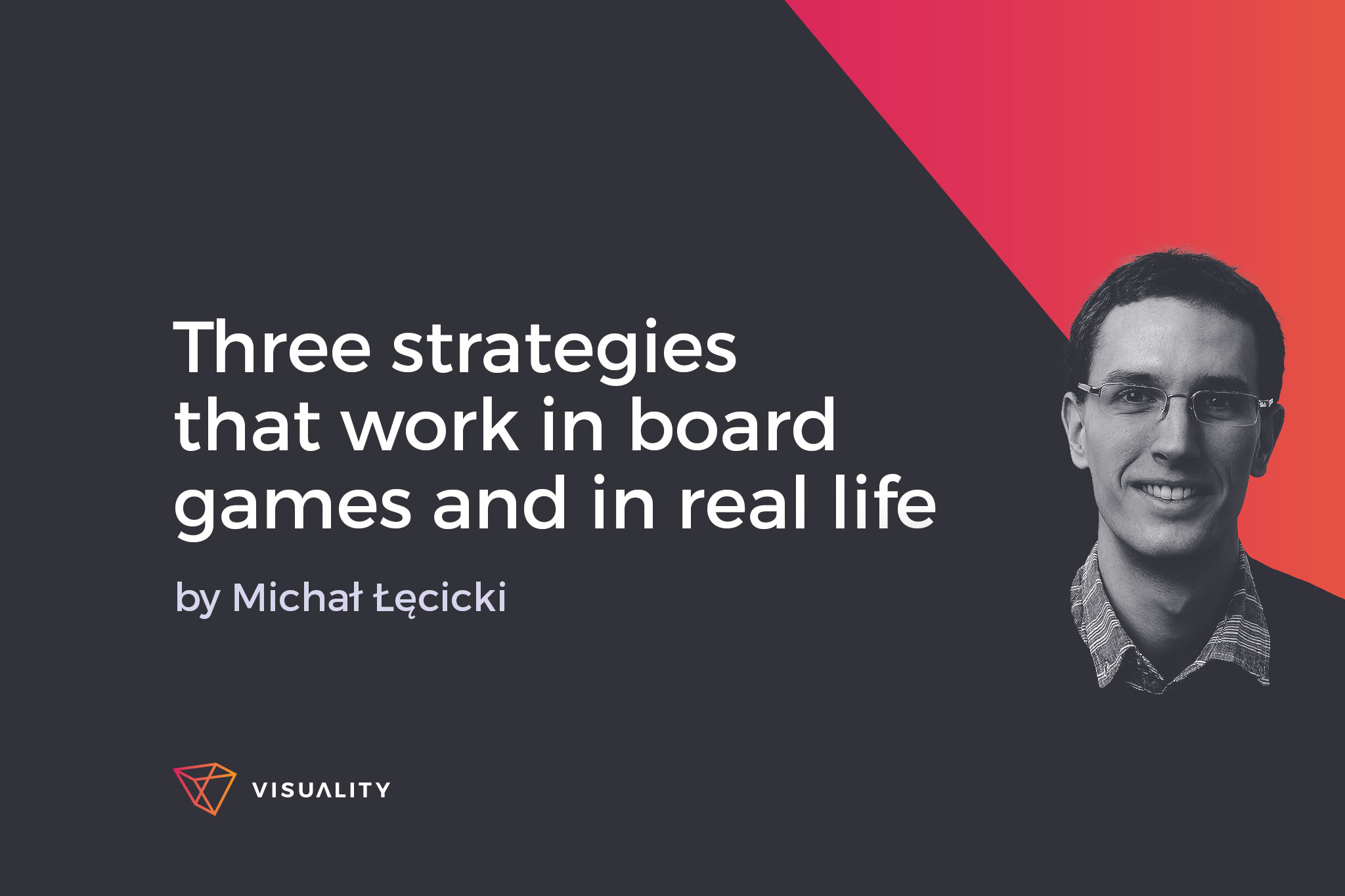Every company sooner or later needs to track the performance in order to keep high quality and be able to improve the processes. It is especially needed in a software house like Visuality, where the dedicated teams work on a different project. We are by all means one company, an organism, but the flow of the information, especially for the C-level, can be sometimes problematic. Imagine each team giving different kinds of feedback - oral, written, PDF format, Excel file. That would be a mess. That’s why at Visuality we use wallboards. To bring out the best of our teams, monitor the projects health, report to C-level so important decisions can be made efficiently.
What is wallboard?
In the old days, wallboard used to be a piece of wood, plastic, metal or simply a wall, where all the important information, guidelines, tips, rules, performance charts, results etc. were written or pinned. Let me tell you a secret. We still use these too :) But that’s not enough nowadays and there’s no time to change the data on the board on a daily basis.

Modern wallboard is a graphic interface that displays essential data targeted for a specific group of professionals. As a sales team member, I need to see different data than my colleagues from the development teams. They key to success is to select data that will positively impact your work. I need to see how many inquiries we received today, what is Visuality’s rank on Clutch. Dev teams need to see the number of errors, the health of the code, daily standup summary and many more. When you know what you need the only thing left to do is...to know how to make such wallboard.
Atlassian's wallboard solution for Jira

In our history, we created software for monitoring the sales performance in big companies which contained beautiful wallboard that is displayed on the TV’s throughout the company’s office. That inspired us to create something like that for our purposes.
At Visuality we use Raspberry PI to which we connect monitors, we connect them to the internet and display the interface created by our developers. Wallboard connects to certain systems like our Jira, rollbar or airbrake errors, has scripts that perform cyclic checks of the code. All is displayed with tiles and graphs that change colors depending on the status. This traffic lights system is helpful as when something goes wrong all is lit up in red, but when everything is fine it’s green as a meadow. The wallboards for each project, are accessible via URL, therefore they can be displayed by our C-level without going to the teams’ rooms. The systems are secured with protocols therefore critical data is safe and hidden from the public view.
Our wallboard:


So, what do you think? Yay or nay?
I allowed myself to speak to key users of such wallboards in Visuality - developer, team leader, and a project manager. Each one of them has different goals and expectations. Let’s see what they value the most in this solution.
Project manager:
Q: How does it help in your daily routine?
A: I have the most important information in one, easily accessible place and no need in bothering team with questions that I can get answers on my own.
Q: What value do you see in it for our developers?
A: I think they are more aware are we or aren’t we in the right place in terms of crucial areas of the development process. Also, since information is displayed in the room and visible to all of them, developers are even more motivated to keep our project and development itself in the best shape.
Q: What value do you see in it for our clients?
A: The more aware and motivated team, the better for the client.
Q: How does the wallboard assist in reporting to the client and C-level?
A: It allows to recognize main pain points that should be reported. Of course, in most of those cases, it requires further investigation/actions, but it’s awesome for starters.
Q: Which piece of information is most valuable for you?
A: Each tile on the wallboard changes from green to red if we exceeded a given threshold. The most important is to know whether with given indicator we are on the bright side of the Force (which means that situation is at least acceptable) or in the dark side of the Force (so it’s clear that we have to improve something in particular area of development).
Developers:
Q: What challenges have you encountered when creating the wallboard?
A: It was a project for our hackathon. We used a library called Smashing that is easily deployable to Heroku. Smashing is always a good choice when using Ruby on Rails as they work great together. The application contains three separate parts - fetching data, displaying date through widgets, scheduling (how often app refreshes). The biggest challenge is the integration with separate services. We had to make the fetched data readable for the widgets.
Q: What value do you see in it for a team?
A: It’s easy to monitor the whole operation. We feel safer when constantly reminded of the health of the application. Pull requests are visible and these are important in team coordination. The team is motivated and care more about the project.
Team leader:
Q: What value do you see in it for a team?
A: We constantly monitor the state of the app, in real time so I see live results. New errors are there if they appear so I can react really quickly and distribute the tasks, coordinate the effort. I don’t need to click through multiple systems in the search for issues, so I can focus on coding too. Pull requests are crucial in my work. If someone forgets to do something, the wallboard becomes red, so it’s clear there’s an urgent situation. It can be fun too, we sometimes add some funny widgets to keep the morale high.
Q: Does it help in communication with the PM and the client?
A: With the PM, we track the sprint progress and therefore we are able to see the obstacles and pain points.
Q: Which piece of information is most valuable for you as a developer?
A: Health check and pull requests status are the most important for me.
As you can see, whole staff values the wallboard as it’s improving their daily efforts. We are more focused, oriented on delivering the sprints, while constantly watching with one eye if the wallboard isn’t red. Our CTO doesn’t need to bother the team leaders with questions as he can quickly browse through different wallboards from any location and take necessary actions if he detects an issue.
Wallboard is created for every project, so our clients can rest assured that the health of their project is constantly monitored and that potential problems are easily anticipated and fixed before they endanger the operation.
Let us know what you think about such solutions.




